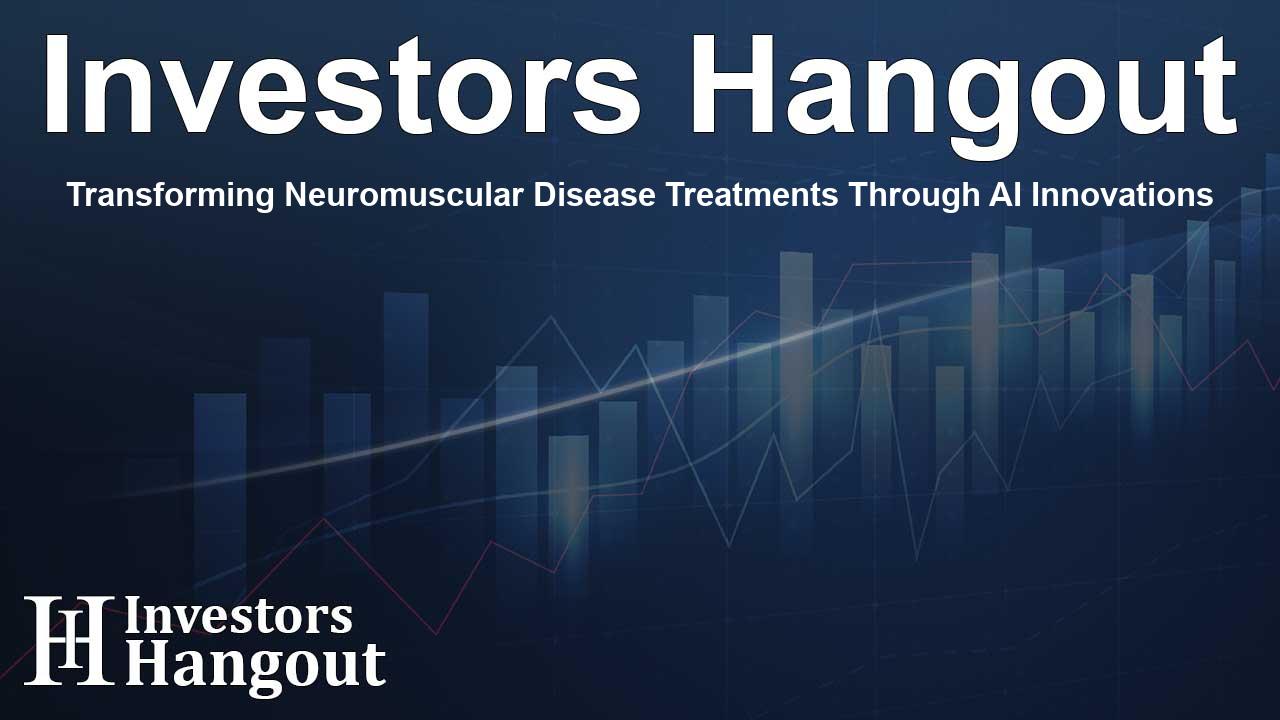Transforming Neuromuscular Disease Treatments Through AI Innovations

The Future of Neuromuscular Disease Therapeutics Market
The global neuromuscular disease therapeutics market is set for significant expansion, with estimates indicating a growth of USD 13.73 billion from 2025 to 2029. This growth is primarily fueled by a wave of novel drug approvals and advancements in artificial intelligence technologies that are reshaping treatment methodologies. The market is projected to grow at an impressive CAGR of 14.6% during the forecast period.
Key Drivers of Market Growth
The escalating focus on safety and efficacy in nerve impulse transmission is a critical factor driving the therapeutic market. Particularly, orthopedics and critical care sectors are experiencing a heightened demand for therapies aimed at optimal muscle relaxation during medical procedures. Furthermore, the rising incidence of neuromuscular diseases such as paralysis necessitates ongoing research and innovation.
Advancements in Technology and Treatment Approaches
Recent technological advancements have paved the way for innovative treatments, particularly in the realm of regenerative medicine. Companies are actively developing gene therapies, antisense drugs, and other cutting-edge modalities to enhance patient outcomes. Despite the promising landscape, high costs associated with these advanced therapies remain a significant challenge, often hindering accessibility for many patients.
Research and Development Initiatives
Research collaborations between pharmaceutical companies and research institutions are paramount for progressing neuromuscular disease therapies. A focus on personalized and precision medicine is emerging, accompanied by government support and ongoing funding for research initiatives.
Market Challenges to Overcome
Despite the positive growth trajectory, stakeholders face unique challenges in ensuring the safety and efficacy of emerging treatments. The regulatory framework must evolve to protect patients while encouraging innovation in drug development and therapeutic options.
High Treatment Costs
Currently, many neuromuscular disease treatments provide only symptomatic relief, leaving chronic conditions unaddressed and creating a substantial financial burden on patients. Treatments like SPRINZA for spinal muscular atrophy highlight the cost impediments, with an initial dosing expense that is notably high, creating barriers to access for many families.
Segment Analysis: Understanding Market Dynamics
Insights into market segmentation reveal key areas of focus, including endpoints, types of therapeutics, and geographical distribution. Hospitals remain the predominant treatment centers, providing therapies for conditions such as spinal muscular atrophy and amyotrophic lateral sclerosis.
Hospital Demand for Neuromuscular Treatments
With diseases such as spinal muscular atrophy affecting around 1 in 10,000 individuals annually, the demand for treatments within hospital settings is significant. Hospitals are characterized by their capacity for comprehensive care, utilizing advanced therapies like Zolgensma and Spinraza.
A Comprehensive Market Research Perspective
The market for neuromuscular disease therapeutics covers a diverse range of treatments, emphasizing the importance of safety and efficacy in managing these complex conditions. Drug development is honing in on clinical trials and developing effective anesthetic protocols, which are vital for surgical candidates suffering from these disorders. Continuous funding and innovation in healthcare technology will be necessary to drive improvements in treatment outcomes.
Technavio: Pioneering Market Insights
Technavio stands at the forefront of technology research and innovation, providing exhaustive reports on emerging trends within the neuromuscular disease therapeutics space. Their insights are integral to informing strategies for market participants, including Fortune 500 companies aiming to enhance their competitive position.
Frequently Asked Questions
What is the growth projection for the neuromuscular disease therapeutics market?
The market is estimated to grow by USD 13.73 billion from 2025 to 2029, with a CAGR of 14.6% during this period.
What are the key factors driving market growth?
Technological advancements, novel drug approvals, and increasing awareness about neuromuscular diseases significantly contribute to market expansion.
Who are the notable players in this market?
Key companies include AbbVie Inc., Biogen Inc., AstraZeneca Plc, and Novartis AG, among others.
How do treatment costs impact patient access to therapies?
High treatment costs create a barrier to access for many patients, especially for therapies that are essential but financially burdensome.
What role does AI play in the future of this market?
AI is revolutionizing market trends by enabling personalized medicine approaches and improving research outcomes in therapeutics.
About The Author
Contact Olivia Taylor privately here. Or send an email with ATTN: Olivia Taylor as the subject to contact@investorshangout.com.
About Investors Hangout
Investors Hangout is a leading online stock forum for financial discussion and learning, offering a wide range of free tools and resources. It draws in traders of all levels, who exchange market knowledge, investigate trading tactics, and keep an eye on industry developments in real time. Featuring financial articles, stock message boards, quotes, charts, company profiles, and live news updates. Through cooperative learning and a wealth of informational resources, it helps users from novices creating their first portfolios to experts honing their techniques. Join Investors Hangout today: https://investorshangout.com/
The content of this article is based on factual, publicly available information and does not represent legal, financial, or investment advice. Investors Hangout does not offer financial advice, and the author is not a licensed financial advisor. Consult a qualified advisor before making any financial or investment decisions based on this article. This article should not be considered advice to purchase, sell, or hold any securities or other investments. If any of the material provided here is inaccurate, please contact us for corrections.
